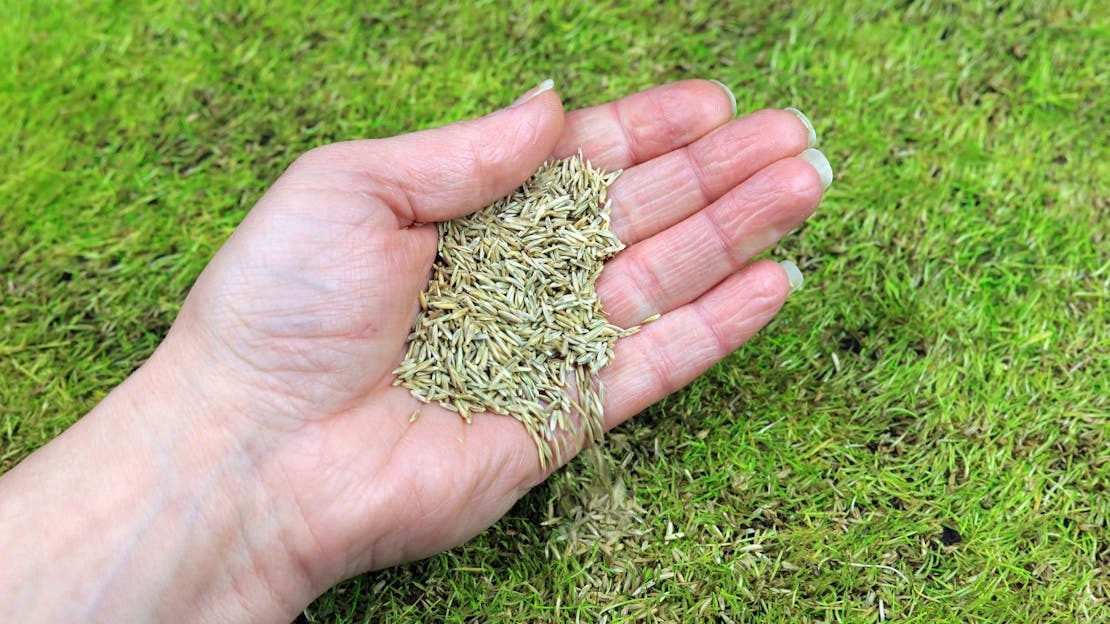
Over Seeding to Change Grass Type
Overseeding with grass seeds that are different to your existing grass will change the composition of the lawn. Expect a 10 to 20% change each overseeding.
While over seeding with different grass seeds will change the composition of the lawn, you can expect a 10 to 20% change each over seeding, but you can increase the rate of change, which is determined by:
- How suitable the area is for the new seed
- How heavily you scarify
- The application rate of the new seed
- How well you manage the procedure
- How often you over seed
Suitability for Over Seeding
You need to ensure the new grass mixture is suitable for the soil and environment of your lawn. For example, overseeding with ornamental grass seed to achieve a finer look on the lawn will only work on freely draining soils. It will not survive on a heavy clay soil.
Heaviness of Scarification
The harder you scarify, the more soil you expose, and therefore, a higher percentage of the new seed will contact the soil and germinate, affecting a bigger change in lawn composition.
Seed Application Rate
Up to a certain point the more seed you put in the more will germinate and therefore the greater the change to the lawn composition. Doubling the application rate is the maximum you should aim for.
Managing the Procedure
The key points to ensure a successful outcome and therefore improved change are:
- Initial low cut to existing grass
- Warm soil
- Removal of all debris, such as thatch and moss
- Seed in contact with the soil
- Seed kept moist and not allowed to dry out for the first 10-14 days
Repeat Procedure
For a majority change of grass variety you may need to over seed three times over 3 seasons. If you need a total change best kill the existing grass first or better still re-instate the lawn by starting afresh.
Over Seeding is Beneficial
Even if you’re over seeding with the same grass type, adding new seed and therefore new young grass is highly beneficial. Young grasses tiller and shoot more profusely and therefore create a denser sward compared to older grasses.
So, for a dense lawn, keep it young and fresh.